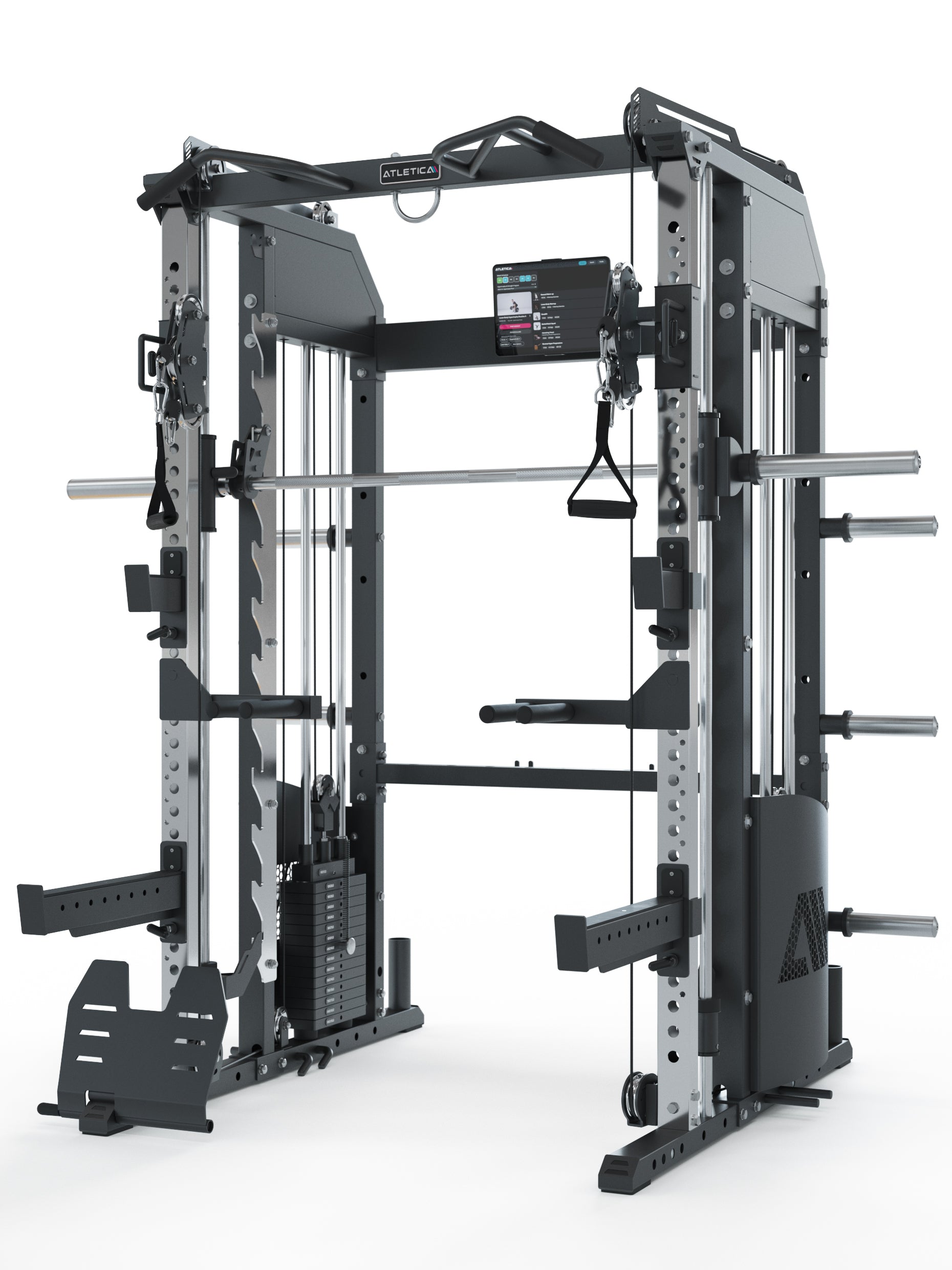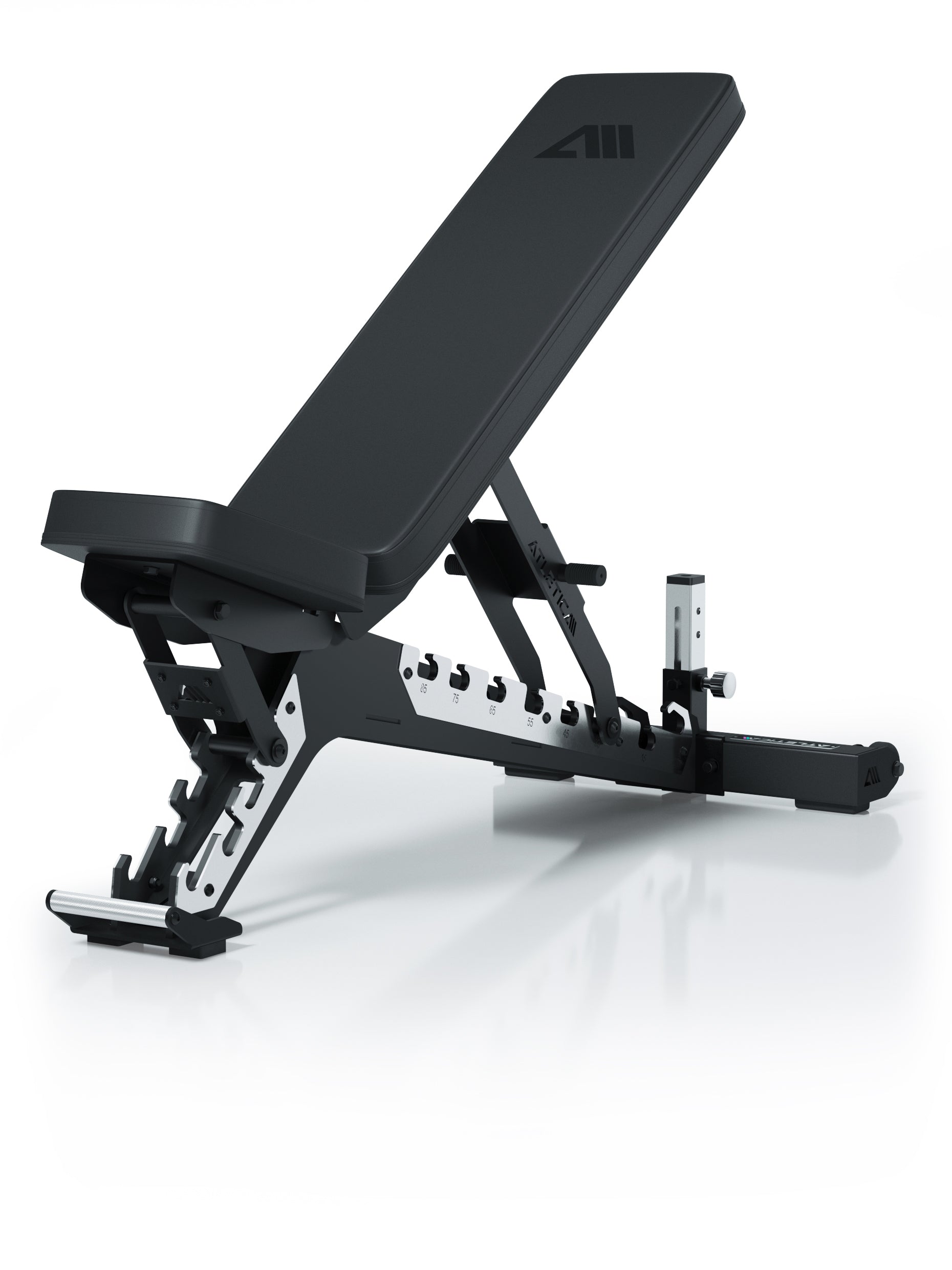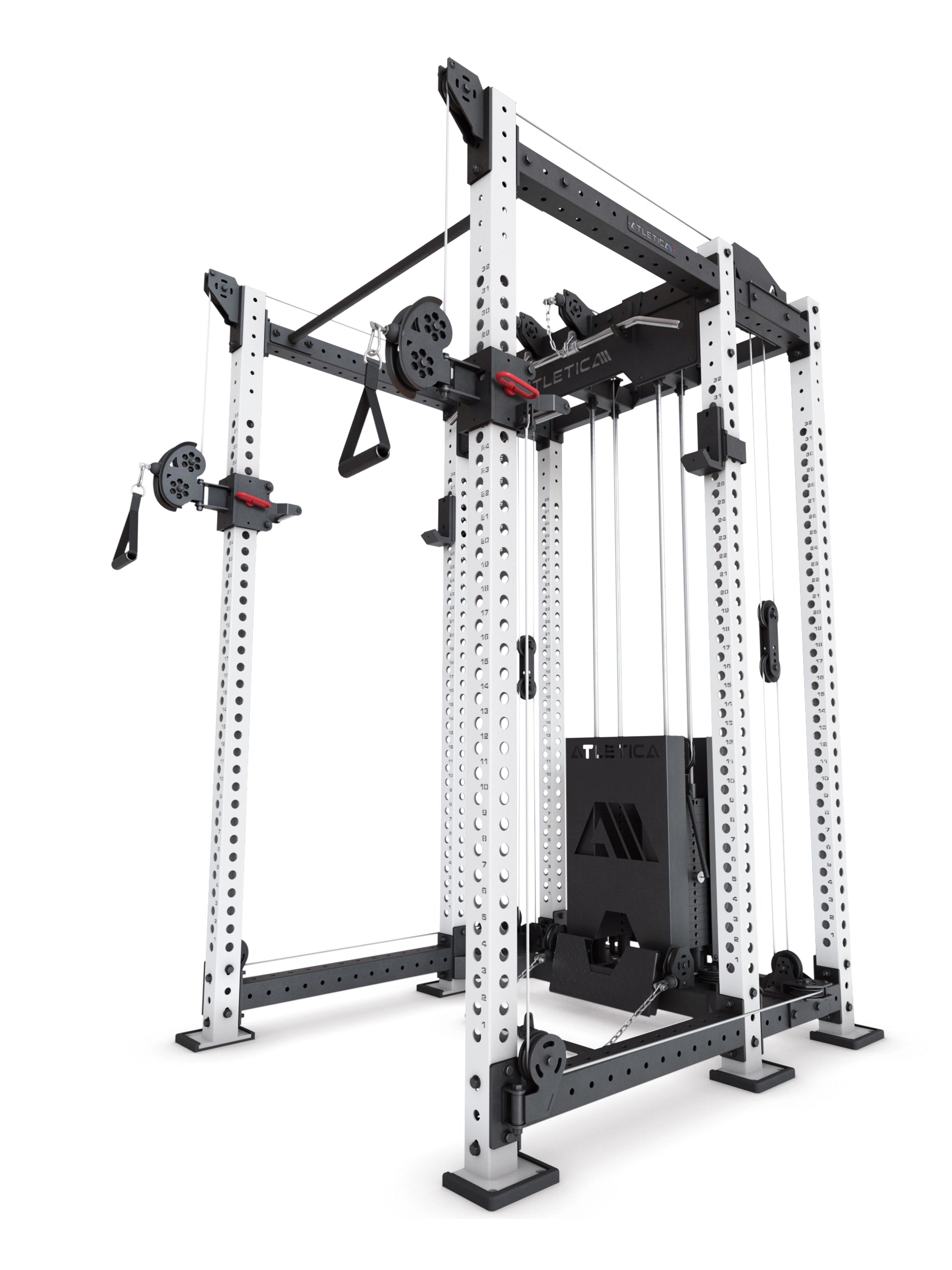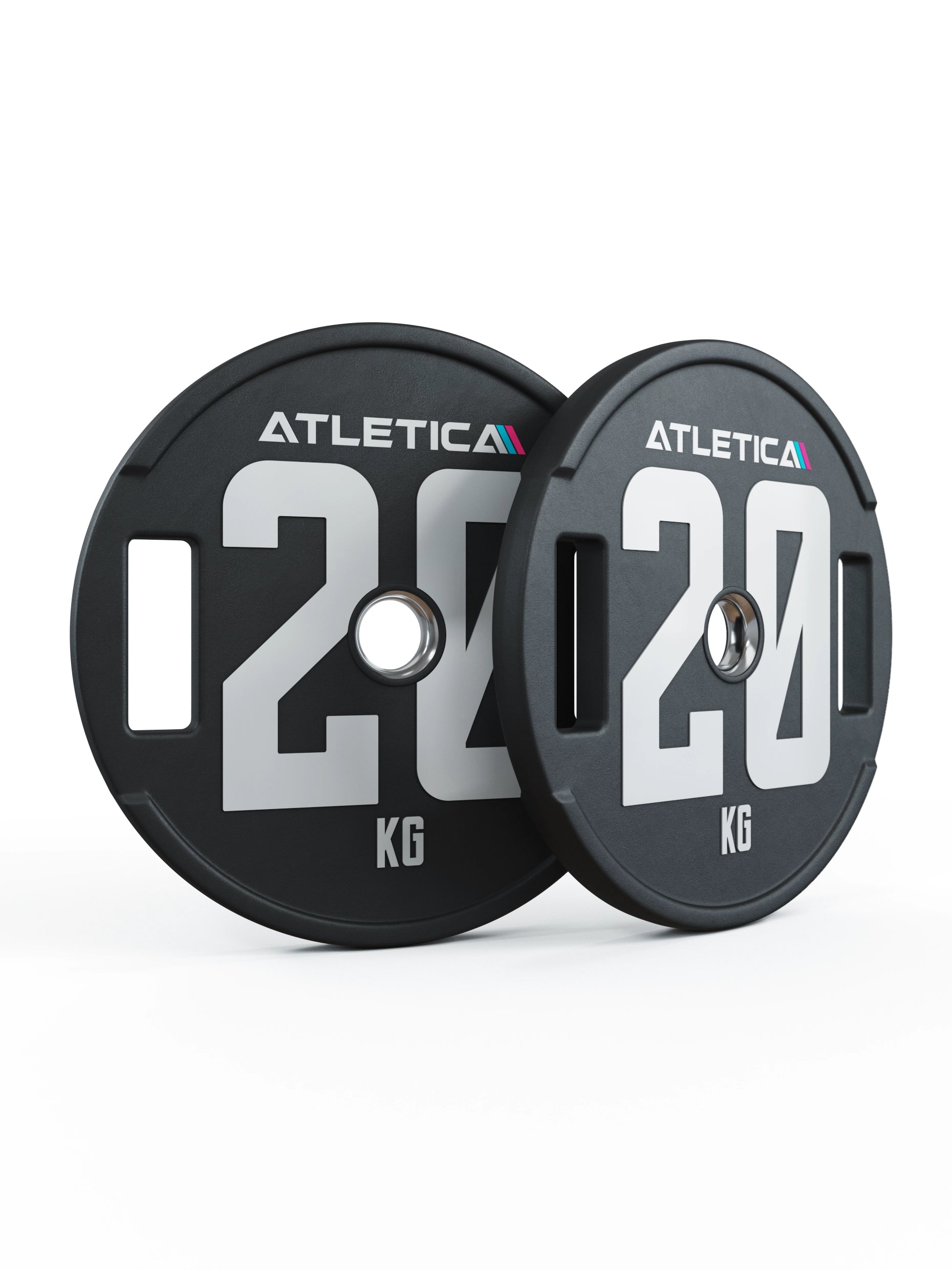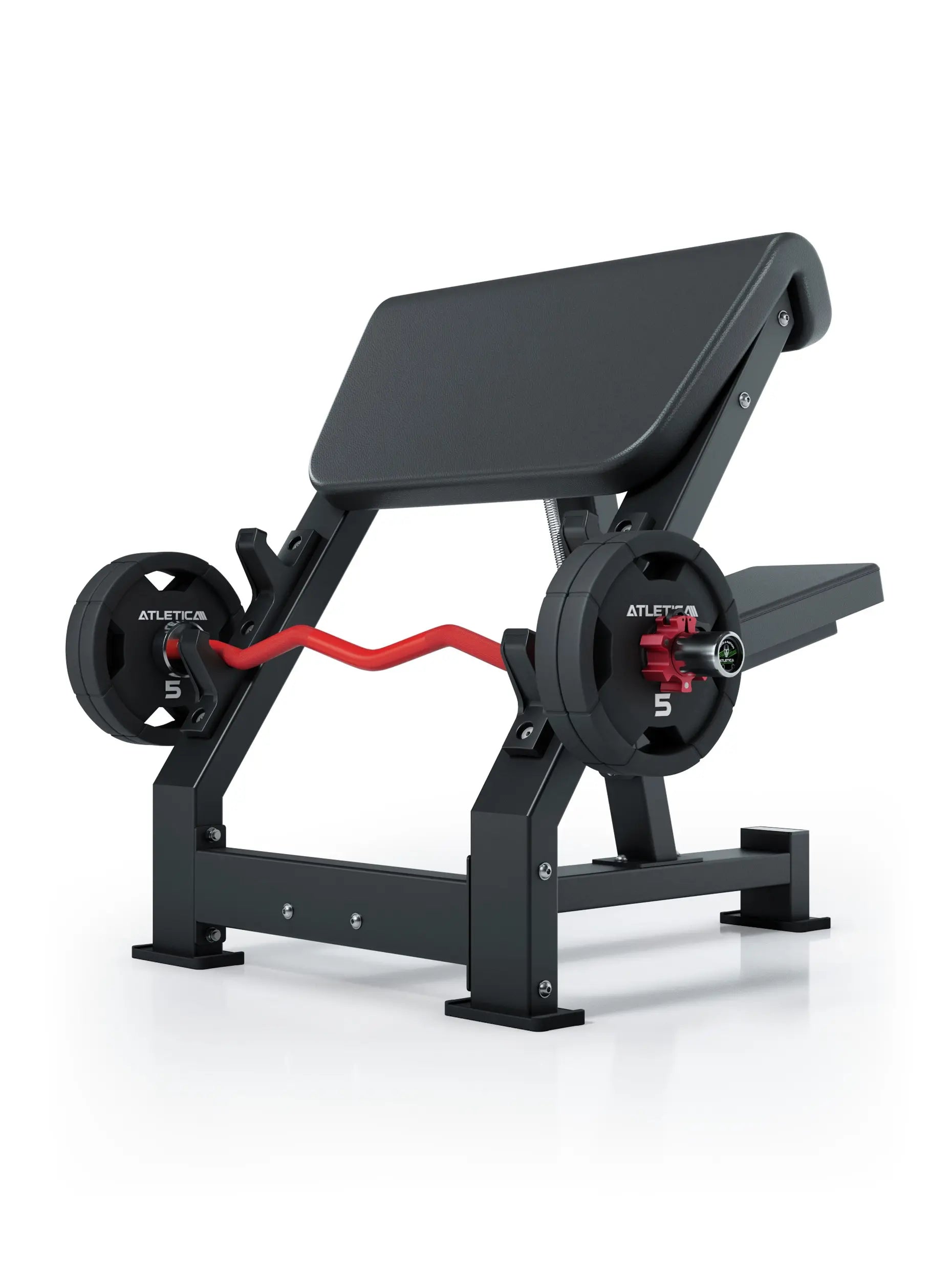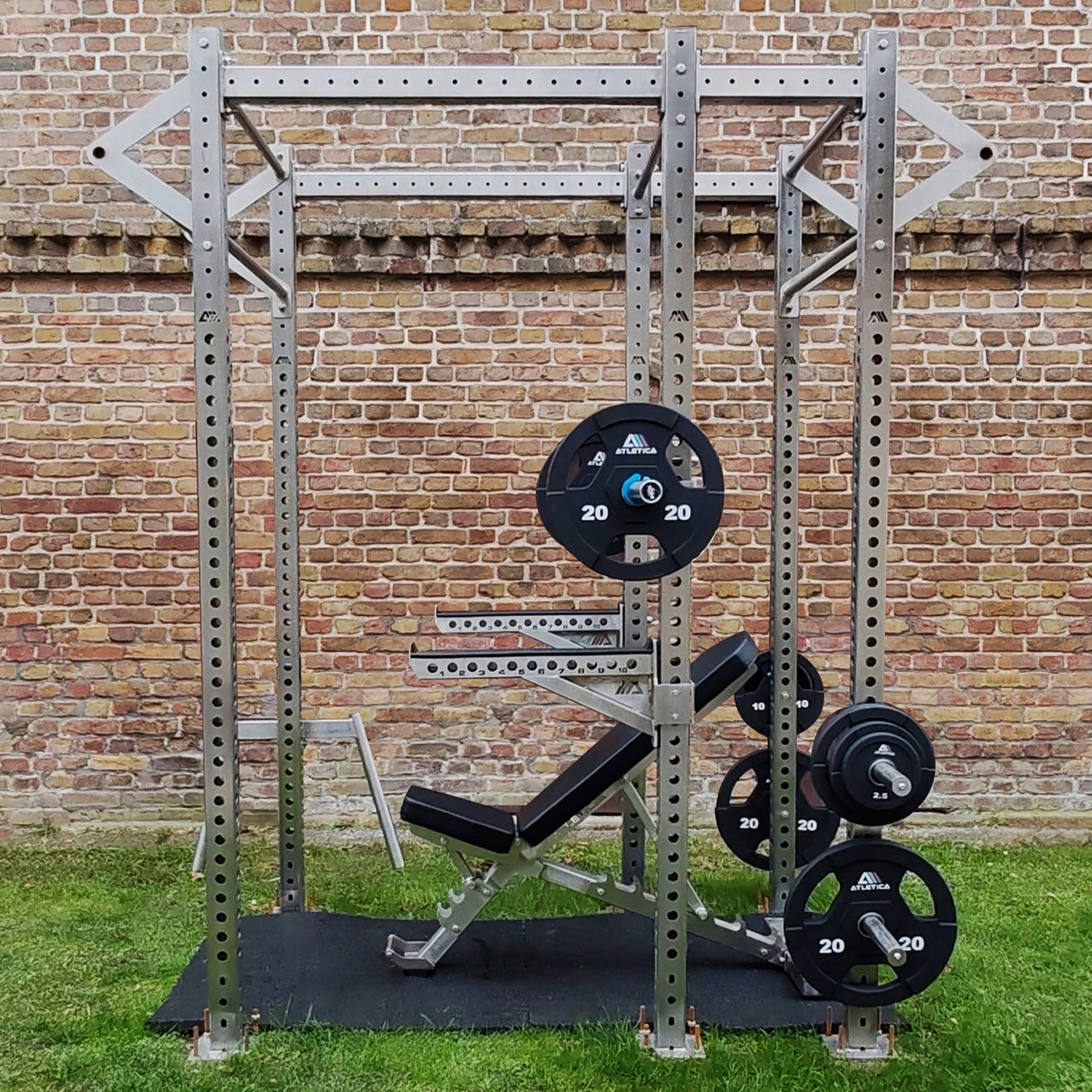Jogging is one of the most effective and easiest ways to improve overall fitness and strengthen your cardiovascular system. Whether you're a beginner or an experienced runner, targeted training can continuously improve your endurance and performance. In this article, you'll learn how to structure your running training effectively, avoid common mistakes, and sustainably increase your fitness level.

1. Why jogging is so effective
Jogging activates the entire body, particularly training the leg and core muscles. Regular running improves oxygen uptake, strengthens the cardiovascular system, and promotes fat burning. At the same time, jogging has a positive effect on mental health, as it reduces stress and promotes the release of endorphins.
Benefits of regular running:
- Improve endurance performance
- Strengthening the leg muscles and core
- Effective calorie burning and weight management support
- Positive effects on cardiovascular health
- Increase general well-being through stress reduction
Jogging is also flexible—it can be done anywhere and without expensive equipment. Your own body weight serves as natural resistance, creating a functional, full-body workout.
2. The correct running technique
Proper running technique is crucial to avoid injuries and increase running efficiency.
- Posture : Upright upper body with upper body slightly leaning forward.
- Cadence : The goal should be a cadence of about 170–180 steps per minute.
- Foot placement : A midfoot run is ideal – the foot lands below the body’s center of gravity.
- Arm swing : The arms should swing at a right angle without crossing the center of the body.
- Breathing : Even, deep breathing promotes oxygen intake and prevents side stitches.

Running technique should be consciously trained in order to run more efficiently and injury-free in the long term.
3. Training structure for beginners and advanced
The training structure depends on your individual fitness level and personal goals. For beginners, it's important to gradually increase the intensity and distance, while advanced runners can improve their performance through interval and tempo runs.
For beginners
- Start with short distances of 2–3 km at a moderate pace.
- Alternate between running and walking (e.g. 2 minutes running, 1 minute walking).
- Increase the distance and duration of your run by about 10% per week.
- Do not run more than three to four times a week to avoid overexertion.
For advanced learners
- Perform at least one interval session per week (e.g., 1 minute sprint, 1 minute slow jog – 8 to 10 repetitions).
- Incorporate one long, slow run per week (45–60 minutes).
- Train your speed through tempo runs and hill runs.
- Make sure you have enough regeneration between sessions.
Alternating between intense and moderate units ensures a continuous increase in performance and improves the body's stress tolerance.
4. The right equipment
Choosing the right running equipment influences the efficiency of your training and reduces the risk of injury.
- Running shoes : Choose running shoes with sufficient cushioning and a sole shape tailored to your running style.
- Running clothing : Breathable, moisture-wicking clothing prevents overheating and promotes the evaporation of sweat.
- Running watch or app : For recording distance, speed and heart rate.
- Headwear and sunglasses : protection from the sun and weather.
Regularly checking your running shoes for wear and tear ensures that cushioning and stability are maintained.
5. Nutrition and hydration
Proper nutrition and adequate fluid intake are crucial for jogging performance.
- Before running : Carbohydrate-rich meals 2-3 hours before the run (e.g. oatmeal, banana, wholemeal bread).
- While running : For runs over 60 minutes, replenish electrolytes and carbohydrates (e.g. sports drinks, gels).
- After running : a meal rich in protein and carbohydrates to support muscle recovery (e.g. yogurt with berries and honey).

Adequate fluid intake (approx. 2–3 liters per day) promotes regeneration and prevents muscle cramps.
6. Common mistakes when jogging
Many runners make typical mistakes that affect their training success and motivation.
- Too high intensity: Running too fast leads to overload and increases the risk of injury.
- Lack of regeneration: Muscles need time to recover – at least one rest day per week is necessary.
- Incorrect running technique : Incorrect foot placement or poor posture puts unnecessary strain on the joints.
- Monotonous training: Lack of variety in training reduces motivation and progress.
- Inadequate warm-up and cool-down phases : Brief muscle activation before running and stretching afterward prevent injuries.
The training should be tailored to your own fitness level and individual goals.
7. Progress through training planning
A structured training plan helps to systematically increase performance.
- Basic endurance : 2–3 runs per week at moderate intensity (30–45 minutes).
- Interval training : Sprints and fast sessions once a week to improve the anaerobic threshold.
- Long runs: One slow run per week to increase endurance (45–60 minutes).
- Regeneration : Active recovery through light jogging, stretching or swimming.
The continuous increase in training intensity and duration ensures that the body responds to the strain and endurance improves.
8. Motivation and mental strength
Jogging not only promotes physical but also mental strength. Regular running improves the ability to focus on a goal and overcome challenges.
- Set realistic goals and track your progress.
- Run with music or audiobooks to keep you motivated.
- Train in a group to gain social support and motivation.
- Celebrate successes – even small progress is a step in the right direction.
The right mix of physical exertion, mental focus and social support promotes motivation and training discipline in the long term.

Conclusion on jogging
Jogging is one of the most effective forms of exercise for improving endurance, boosting fat burning, and increasing overall fitness. With the right technique, a well-thought-out training plan, and a balanced diet, rapid progress can be achieved.
Beginners benefit from a gentle introduction with short distances and walking breaks, while advanced runners can further improve their performance with interval and tempo runs. Consistency, good running technique, and adequate recovery are the keys to sustainable training success.






